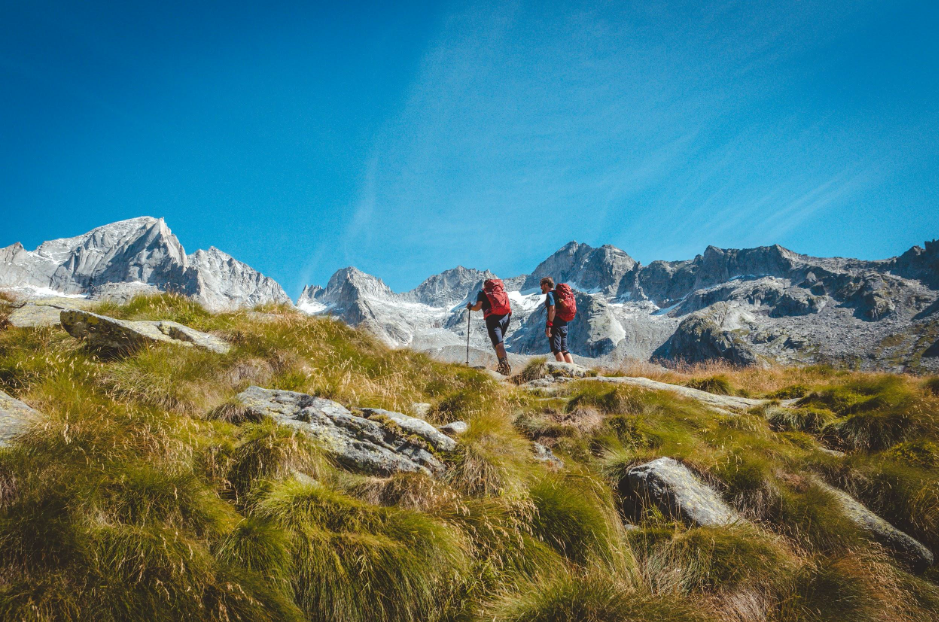
In 1938, Riccardo Cassin attempted the north face of the Grandes Jorasses for the first time.
An incredible undertaking from an alpine perspective, of course. But it made history for another reason: he did it having never seen the Mont Blanc massif if not on a map.
At the hut, he simply asked the manager to point the way and, with only a photo received from a journalist friend to suggest the route, he took off for the climb.

Today, something like this would be unthinkable.
Dozens of maps and itineraries, alpine or not, are within reach for everyone online. There are even real time videos of alpine expeditions, detailed minute by minute. We can see how to reach the peaks of the Mont Blanc or any other mountain from the comfort of our own home. Today, potential knowledge is exponential.
But does this mean that climbing the Grandes Jorasses is easier, more accessible, to all those that have the information at their fingertips? Will studying and watching video after video make reaching the top of Europe an easier task than it was before?
Complexity can be either a friend or an enemy depending on how it’s confronted. The abundance of information that we are surrounded by today can support those who know how to take advantage of it and apply appropriate strategies to manage it. It can be dangerous, however, for those who take it too lightly or under evaluate it.
The mission of change management consultants, then, is not to control all the variables, but to be able to gather them and analyse their potential - may it be positive or negative - with clarity of mind in order to address the environmental complexity in a beneficial way. In M4810 this means balancing physical preparation with a heavy load of awareness. Careful study of the routes, the risks, the techniques. But also, detailed understanding of personal abilities and limits. Distinguishing limits that objectively impassable from limits that we put up in our own minds, that impede us from improving, is fundamental.
How is this done? It’s certainly not about any innate capacity, and it’s not based on abstract hypotheses. It’s about constant gathering and analysis of data. Past studies and the selection of new empirical data can inform us, in an ever more precise way, how people react to determined conditions.
We have all the necessary information – maybe even too much of it. It’s the ability to understand the truly useful information, and to make choices based on it, that will bring us to the top.





